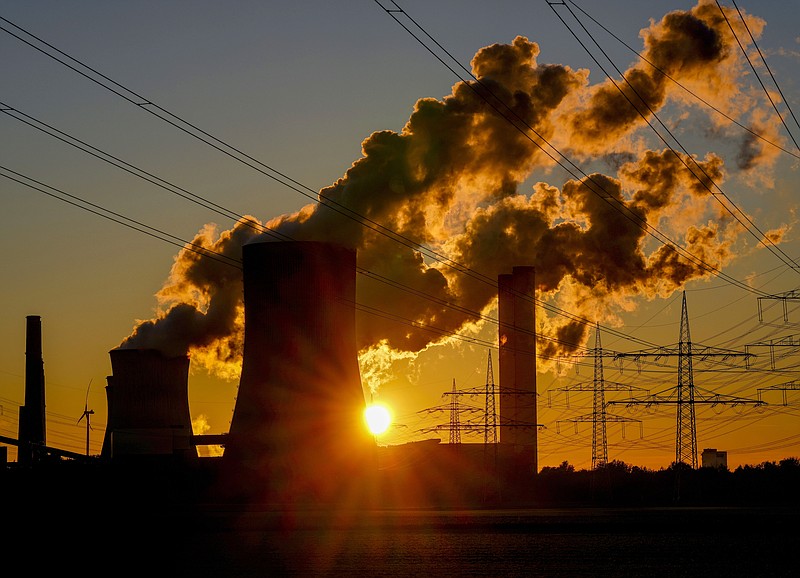
Malaysia is among the most vulnerable regions in Southeast Asia to climate change. The world has already warmed by 1.2°C, and we may have passed the 1.5°C threshold by 2030.
Global Warming
It is important to remember that staying below 1.5°C requires a global effort. As a result, even if Malaysia achieves net zero status 30 years from now, or even tomorrow by halting all emission, the country will continue to face a slew of climate hazards. In 2023, Malaysia must priorities adaptation and climate resilience, particularly at the local level. According to IPCC reports released last year, Malaysia is among the most vulnurable regions in Southeast Asia to climate change. The world has already warm by 1.2°C and we may passed the 1.5°C threshold by 2030. The goverment must expedite the development of the National Adaptation Plan, which has been in the works since 2015. It would be ideal if the goverment could implement a resilient town and city transformation agenda to address climate change impacts and disaster risk more holistically.\r\n Malaysia must start developing a clear strategy for climate-smart trade and investment. Prospective market-based instruments such as carbon tax and an emission trading scheme are being studied by the government, but they need to be linked with clear climate outcomes and a holistic approach to the ecosystem. According to the World Bank, between 1970-2013, Peninsular Malaysia, Sabah and Sarawak experienced surface mean temperature increase of 0.14°C-0.25°C per decade. It is projected that the frequency and intensity of heat waves experienced will increase significantly, due to the warming climate.\r\n The UN report research found that about 29,800 square kilometres of land feel the brunt of annual floods. It warned that it is projected that the area affected could increase due to rising sea level which may reach 0.25-0.5 metres by the year 2100 for Peninsular Malaysia and may reach 1.6 metres for Sabah. Some experts said that by 2040, all Malaysia mangrove zone have the potential of being submerged and by 2060 sea level rise might impact the industrial zones.

